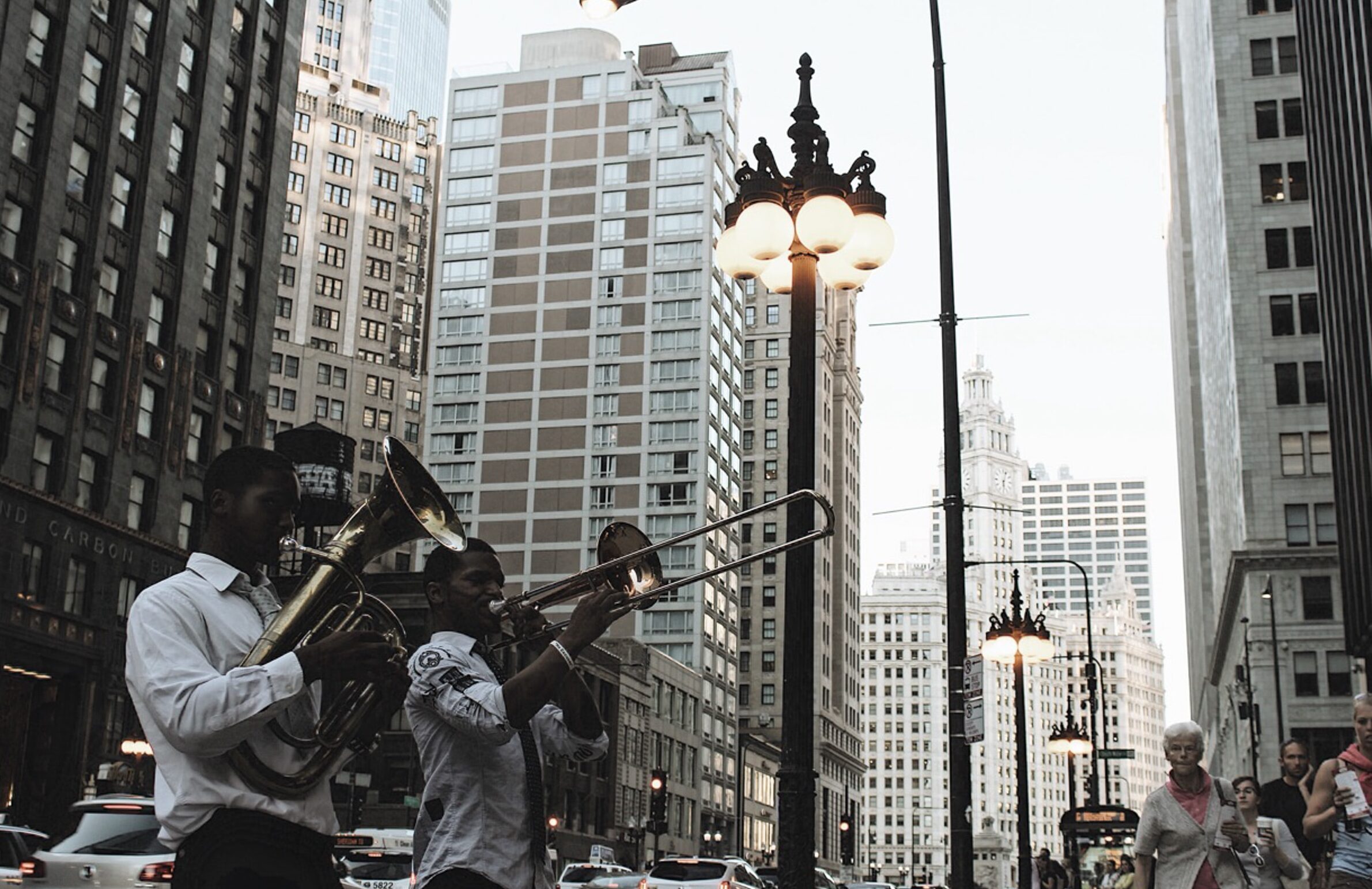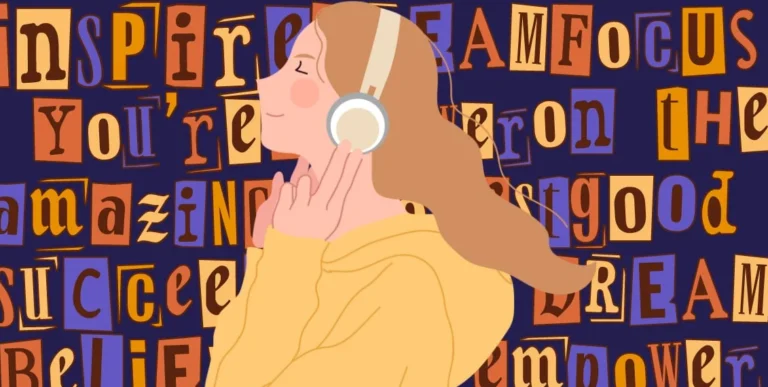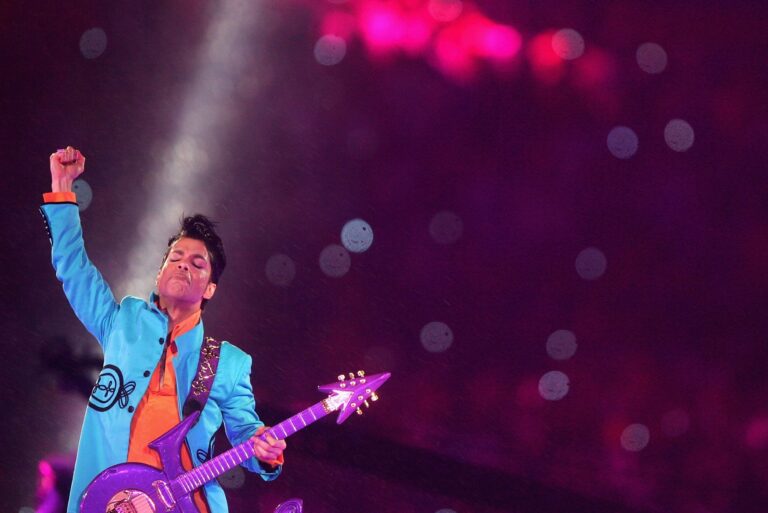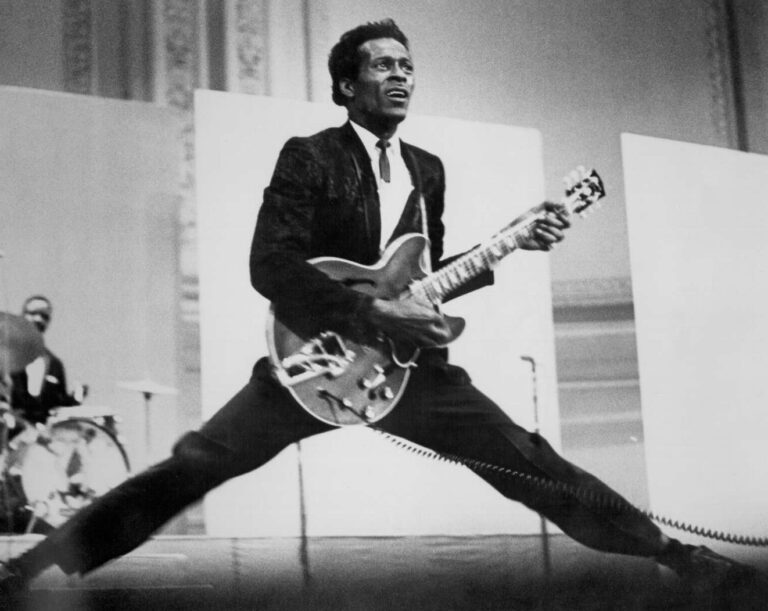What is the difference between jazz funk and soul?
Are you ready to dive into the world of funky beats and soulful melodies? If so, then you’re in for a treat! In today’s blog post, we will explore the captivating realms of jazz funk and soul music. You might have heard these terms thrown around before, but do you really know what sets them apart? Don’t worry – by the end of this post, not only will you be able to distinguish between these two enchanting genres, but who knows – perhaps it’ll even inspire your next playlist! So put on your dancing shoes and let’s embark on this melodious journey together as we discover the difference between jazz funk and soul.
The Difference between Jazz Funk and Soul
Jazz funk and soul may share some similarities, but they each have their own unique characteristics that set them apart. To truly appreciate these genres, it’s essential to understand the distinctions between them.
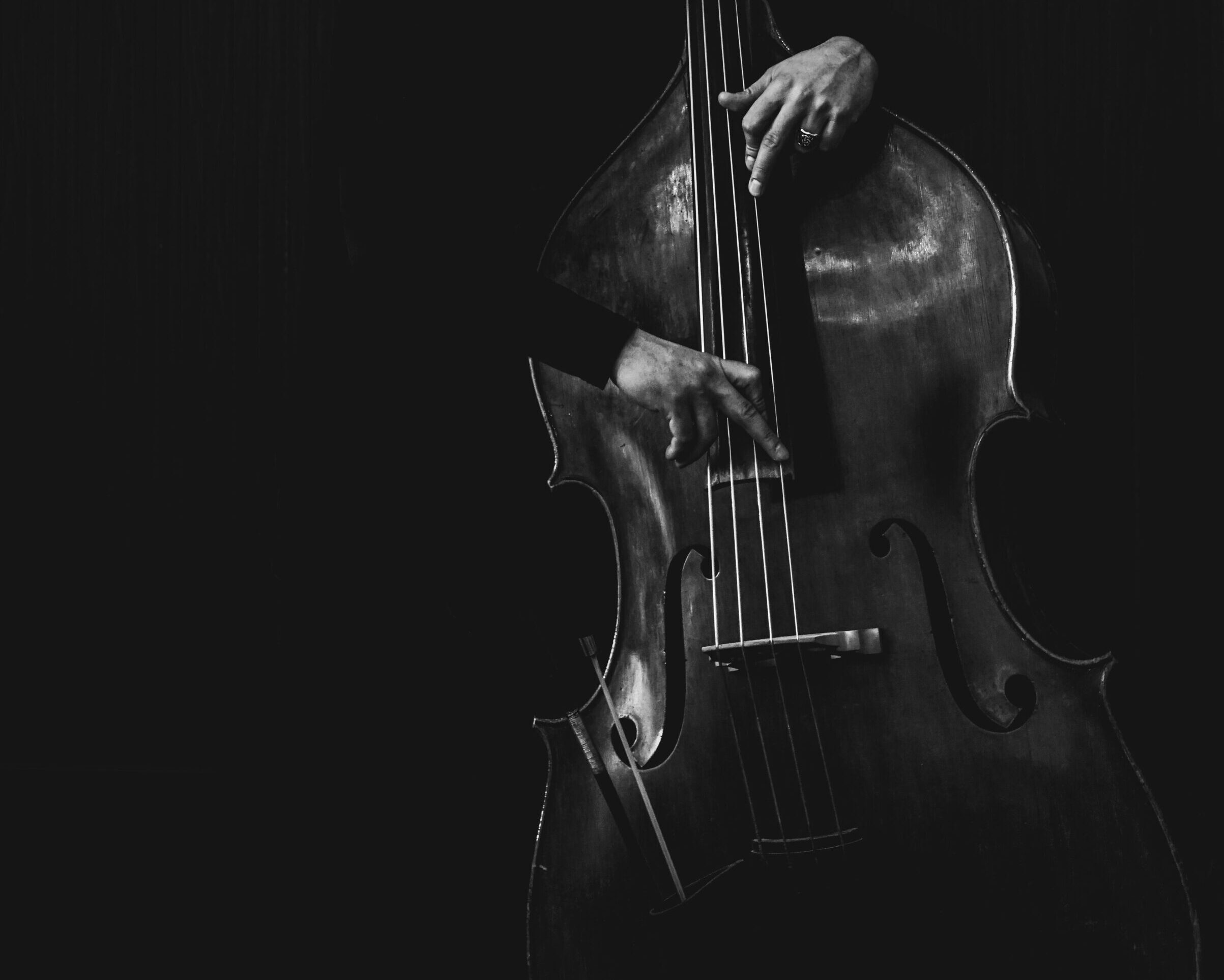
Jazz funk emerged in the late 1960s as a fusion of jazz and funk music. This innovative genre took inspiration from the improvisational nature of jazz while incorporating funky rhythms and grooves reminiscent of James Brown or Parliament-Funkadelic. The instrumentation typically includes horns, keyboards, bass guitar, drums, and often electric guitars – creating an energetic sound that makes you want to move your feet.
On the other hand, soul music has its roots in gospel and rhythm & blues (R&B) traditions. Originating during the 1950s and ’60s with artists like Ray Charles, Sam Cooke, and Aretha Franklin leading the way. Soul is characterized by its emotive vocals expressing deep emotions backed by rich harmonies created through piano or organ accompaniments alongside brass sections.
While both genres are heavily influenced by African American musical styles such as R&B or gospel music underpinning their essence; jazz funk emphasizes danceable beats punctuated with tight instrumentals whereas soul focuses on raw emotion conveyed through powerful vocal performances.
Jazz Funk
Jazz Funk is a musical genre that emerged in the late 1960s and early 1970s. It combines elements of jazz, funk, and R&B to create a unique sound that’s characterized by its groove-heavy rhythms, funky basslines, and soulful melodies.

At its core, Jazz Funk is all about improvisation. Musicians who play this style of music often take extended solos during performances, allowing them to showcase their technical abilities and creativity on their instrument.
One of the defining features of Jazz Funk is the use of complex chord progressions. Unlike traditional funk music which relies heavily on simple two or three chord structures, Jazz Funk incorporates more intricate harmonic concepts borrowed from jazz music.
Another hallmark of Jazz Funk is its emphasis on rhythm. The grooves in this style are often syncopated with off-beat accents that give it a distinct feel and energy. This rhythmic complexity makes it difficult to sit still while listening to Jazz Funk – it’s almost impossible not to tap your feet!
Jazz Funk remains a popular genre among musicians and fans alike due to its infectious beats and virtuosic performances.
Soul
Soul music is a genre that was born in African-American communities in the United States during the 1950s. It combines gospel music, rhythm and blues, and jazz to create a sound that is both powerful and emotional. The lyrics often speak about love, heartbreak, struggle, and hope.
One of the defining characteristics of soul music is its use of vocal harmony. Soul singers often perform with backup vocalists who provide rich harmonies that add depth to the song’s message. Another key element of soul music is its emphasis on improvisation; musicians are encouraged to express themselves freely through their instruments or voice.
Another notable feature of soul music is its ability to connect with listeners on an emotional level. Many songs deal with universal themes such as love and loss, making them relatable for people across different cultures and backgrounds.
Over time, soul has evolved into many sub-genres like neo-soul which emerged in the late 1990s fusioning elements from classic R&B/soul performance styles mixed with hip hop beats production techniques.
Soul remains one of the most influential genres in popular music today thanks to its raw emotionality — it speaks directly to our hearts through its melodies and lyrics.
Which One is Better?
It’s not fair to say that one genre is better than the other because it all comes down to personal preference. Some people may prefer the funky and groovy beats of jazz funk while others are more drawn towards the emotional depth and soulful melodies in soul music.
Jazz funk often features complex chord progressions, strong bass lines, and a heavy emphasis on percussion. It’s known for its high energy and danceable rhythms, making it a popular choice for parties and clubs.
On the other hand, soul music draws on themes of love, heartbreak, and social issues. The smooth vocals paired with slower tempos create a soothing atmosphere that can be both reflective and uplifting.
Ultimately, it depends on your mood or what you’re looking for in music at any given time. Both genres have their own unique charm that can transport listeners to different places emotionally or physically. So why choose when you can enjoy them both?

Jazz funk and soul music may share similarities in their roots and influences but they have distinct characteristics that set them apart. Jazz funk is marked by its fusion of jazz improvisation with funk rhythms while soul is known for its emotive vocals and gospel-inspired melodies.
Both genres have made significant contributions to the evolution of popular music and continue to inspire artists across different genres today. Which one is better? That’s a subjective question based on personal taste. Some people prefer the high energy dance grooves of jazz funk while others resonate more with the heartfelt lyrics and soulful vocals of soul music.
Regardless of which genre you prefer, it’s clear that both have left an indelible mark on the history of music. So why not take some time to explore both styles, appreciate their unique qualities, and let their infectious rhythms move your body and spirit?
